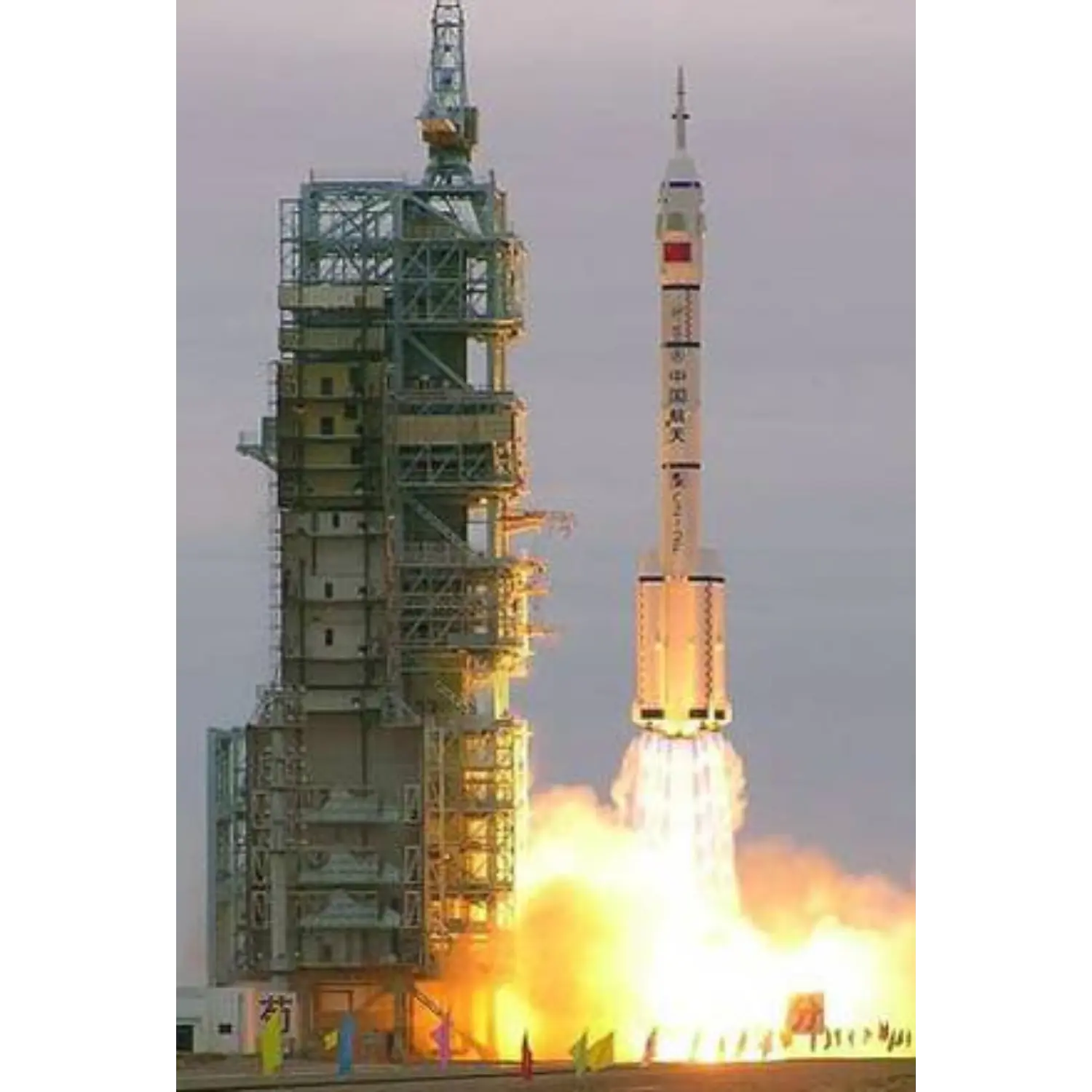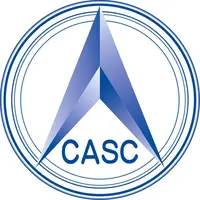/
Shenzhou 7
Launch Success
Liftoff Time (GMT)
13:10:04
Thursday September 25, 2008
Mission Details
Read Article
Launch Notes
First Chinese crewed flight with 3 crew members. First Chinese EVA. Last flight of the first version of the CZ-2F.
Shenzhou 7
Shenzhou 7 (Chinese: 神舟七号) was the third human spaceflight mission of the Chinese space program. The mission, which included the first Chinese extra-vehicular activity (EVA) carried out by crew members Zhai Zhigang and Liu Boming, marked the commencement of the second phase of the Chinese government's Project 921. The mission lasted three days, after which the craft landed safely in Siziwang Banner in central Inner Mongolia on 28 September 2008, at 17:37 CST. The Shenzhou 7 EVA made the Chinese space program the third to have conducted an EVA. EVAs had previously been conducted by the space programs of the Soviet Union and the United States. On 27 September, Zhai Zhigang, wearing a Chinese-developed Feitian space suit, conducted a 22-minute spacewalk, the first ever for a Chinese astronaut. Zhai slipped out of the orbital module in a head-first position at around 16:43 (0843 GMT) and wandered around the orbital module, retrieved experiment samples, and waved the Chinese flag in space. The spacewalk lasted about 20 minutes, with Zhai returning to the orbital module at 17:00. The first spacewalk was limited in scope: cables were used to tie Zhai to the handrail outside the orbital module, and his moving route was restricted to areas near the exits. Liu Boming, wearing a Russian Orlan-M suit, stayed in the airlock in the orbital module to provide help if necessary. Liu also conducted an EVA, standing up at 08:58 UTC to hand Zhai a flag. The third astronaut, Jing Haipeng remained in the re-entry module to monitor the general situation of the spacecraft. By 09:00 UTC both astronauts were back inside and the hatch was closed. The spacewalk was broadcast live on Chinese media, and two cameras provided panoramic images. The Feitian spacesuit is similar to the Orlan-M in shape and volume and is designed for spacewalks of up to seven hours, providing oxygen and allowing for the excretion of bodily waste.
Low Earth Orbit
1 Payload
7,840 kilograms
Rocket


Agency
CASCRocket
Height: 58.34m
Payload to Orbit
LEO: 8,400 kg
GTO: 0 kg
Liftoff Thrust
5,985 Kilonewtons
Fairing
Diameter: 3.6m
Height: 19.11m
Stages
2
Strap-ons
4
Launch Site
Stats
Long March 2F
7th
Mission
1st
Mission of 2008
2008
49th
Orbital launch attempt